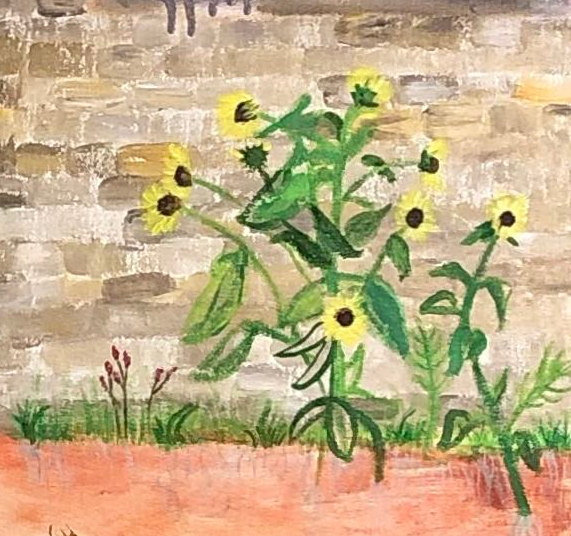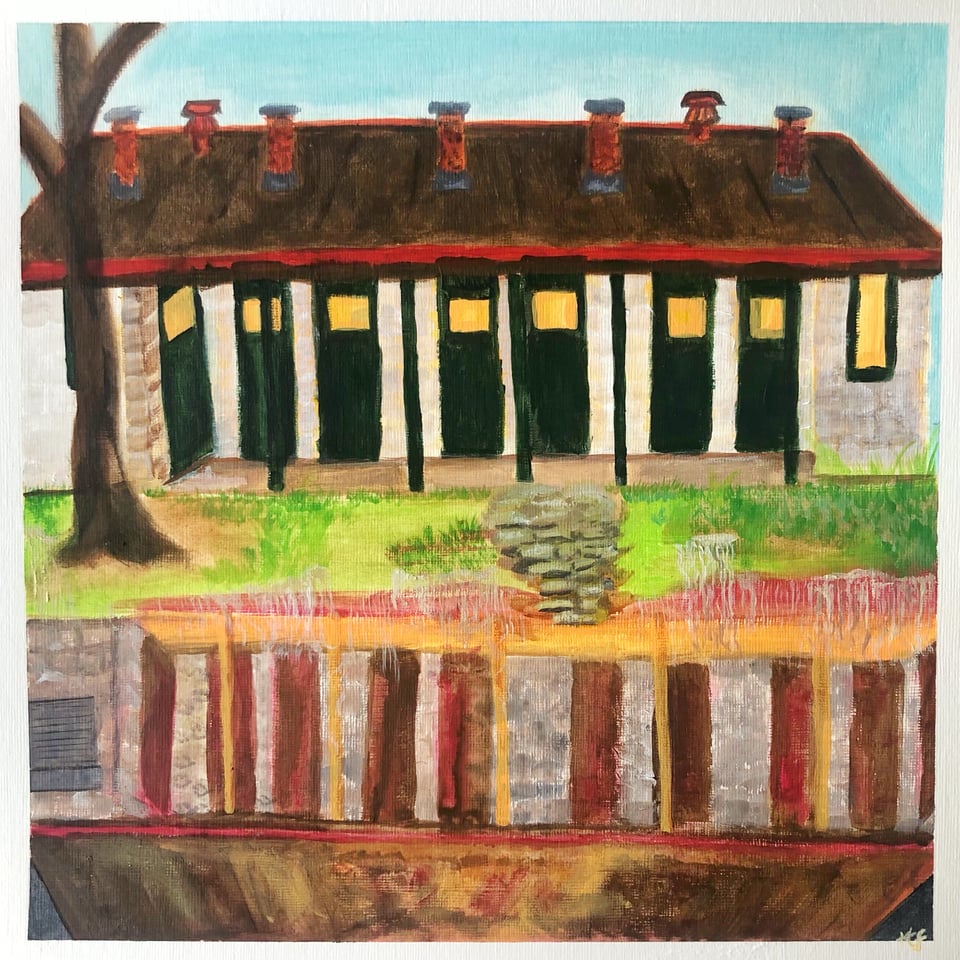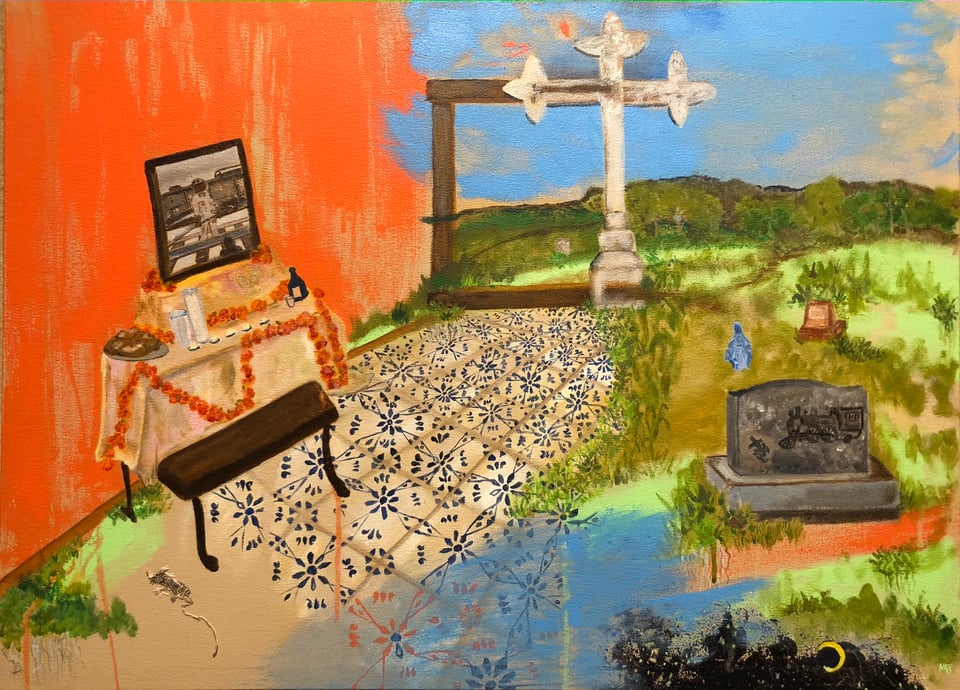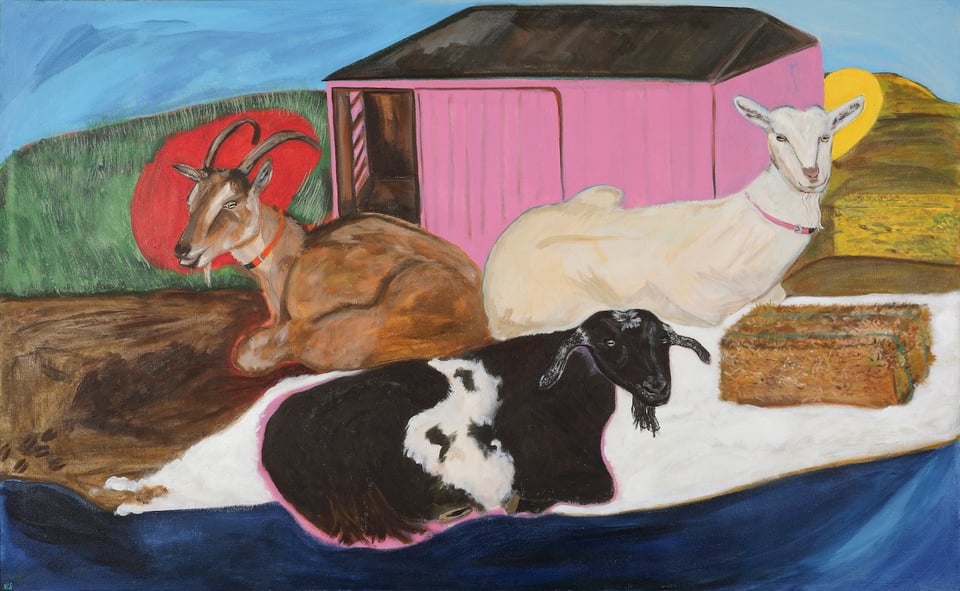Chimalxochitl Migrations

Among its many nicknames, Kansas is most well known as “The Sunflower State.” According to state lore, the sunflower had a tumultuous path before becoming officially associated as an emblem of the state especially as some in the late 1800s identified it as a “noxious weed.”1
However, Settler Kansas residents enjoyed using the sunflower as a way to connect to their new homeland at national conventions and gatherings like the 1887 Grand Army of the Republic convention in St. Louis where “Kansans who attended rodeos in Colorado Springs in 1901 displayed the sunflower as a badge.”2

By 1903 then State Senator George Morehouse introduced legislation to declare the sunflower as the official state flower of Kansas. This historical telling of the boisterous flower makes sense in the context of white settler colonialism. The sunflower represented the pioneering spirit of the (white) Kansas people.
But, what if we could recover a different, more Mexican, history of the sunflower in Kansas? In the “Kansapedia” entry on the sunflower produced by the Kansas Historical Society the author mentions that “long before statehood, the sunflower began to develop a connection with Kansas. Traders on the Santa Fe Trail commented on the flower’s presence.
Stephen Long’s expedition through Kansas in 1820 documented birds feeding on the flower’s seeds. Early settlers burned the stalks for fuel and fed the seeds to their poultry.”3

And while this historical framing tepidly points to the history of the sunflower in Kansas beginning prior to settlers’ claims, to further untangle the relationship between Kansas and Mexico it requires us to trace the origins of the state’s symbol back to its roots, which reach back to 2600 BC Mexico.4
By tracing the different names given to the sunflower by different indigenous cultures and the different practices associated with the sunflower, researchers assert “multiple lines of evidence reveal a distinct tradition of sunflower cultivation in Mexico originating before 2600 BC.”5
Chimalxochitl the “shield flower” in Nahuatl and the chimalacatl “shield reed” highlight the sunflower’s role in religious and social practices within Aztec culture.

The sunflower represented in the the 1569 Florentine Codex shows the flower being sold in markets, as offerings to theAztec god of war, Huitzilopochitli. It was also described to have a role in ceremonies important to the Aztecs.6
Researchers who have recovered the history of the sunflower in Pre-Columbian Mexico note that the various uses of sunflowers to the pre-Columbian Aztecs (and its importance) may have eventually led to why the plant is not commonly known to be indigenous to this space because of practices denied by Spanish colonial forces.
“The symbolic relationship between the sunflower and native elite culture including nobility, solar worship, and warfare, together with the provocative use as an aphrodisiac, suggest why the use of sunflower may have been deliberately suppressed after the Spaniards established hegemony.”7
In other words sunflowers with their rich uses as both a food source and ceremonially fell victim to suppression at the time and our mainstream, contemporary understanding of its origin has suffered. I suppose, not everyone thought of the sunflower as a “noxious weed” after all.
March 28th, is celebrated as National Weed Appreciation Day in the US. It is our chance to remind ourselves that weeds are necessary aspects to our ecosystem and many are even edible! On today’s National Weed Appreciation Day I’m thinking about how the weeds and other plants of the prairie and oak savannah of the ChicFinn feed our small herd of goats.

I’m also noting how often grass, plants and weed show up in my paintings, especially once I shifted to outdoor/inside scenes where the natural environment collides with our interior structures.
Lastly, I’m recognizing the deep roots that all plants likely have because of the ways various groups of people have interacted with them. What is a weed anyway, if not simply a plant growing in a cultivated area in which you’d rather it not?
Maybe the lesson is that we should all be weeds. Growing up in the cracks of sidewalks. Sprouting even when we’re not wanted. Waving in clumps of beautiful bright clusters along the shoulder of a Midwestern county road running alongside a strip of prairie in Kansas or elsewhere.
You know the drill, these paintings and more are available in my online shop, for you to collect today.
Can’t afford an Art of KCF original? The next best way to support this living artist is to join my Ko-Fi Club. For as little as $3/month you can gain access to images of my completed paintings before they hit the shop or exhibitions. As well as join a community of Art of KCF super fans. See you there.
Hug (eat) a weed!
-KCF
Notes
1 The Kansapedia entry for “Sunflower” produced by the Kansas Historical Society details this sordid past, “the sunflower was not highly regarded by all. An 1895 state law called the sunflower a ‘noxious weed’ that should be destroyed” while other Kansas, “appreciated the flower’s hardiness and endurance.” Accessed August 30, 2017, https://www.kshs.org/kansapedia/sunflower/16899.
2 ibid.
3 ibid.
4 Ian Mursell writes for the website Mexicolore, “Not many people are aware that the beautiful common sunflower (Helianthus annuus) - the state flower of Kansas - is native to Mexico (and was probably domesticated there as far back as 2600 BCE).” Accessed August 30, 2017, www.mexicolore.co.uk/aztecs/flora-and-fauna-/sunflower
5 David Lentz et. al “Sunflower as Pre-Columbian Domesticate” 2008, 6236.
6 ibid.
7 ibid, 6235.
8 Eric Putt’s “Early History of Sunflower” traces the many places in North America the sunflower was cultivated by various nations, but he does not provide information about how those seeds were shared or how they travelled between nations from their Mexican starting points either through social or biological means.
